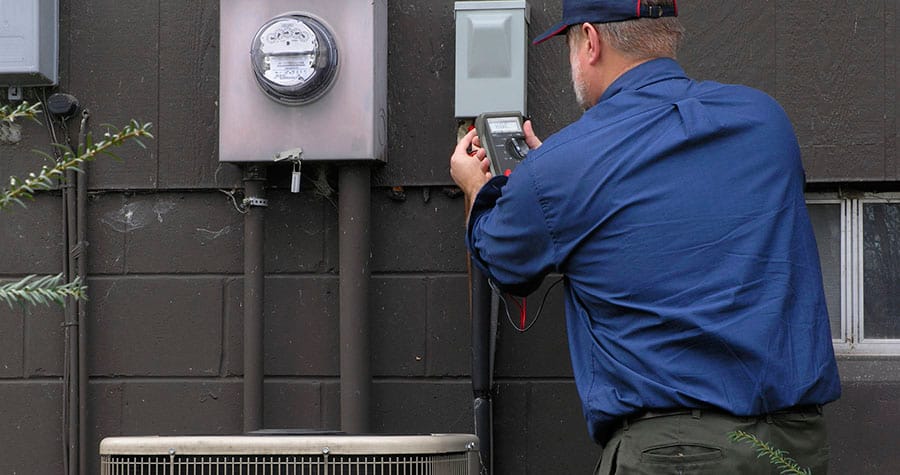An early pregnancy abortion is a medical procedure with a low risk that puts an end to a pregnancy. Bleeding is normal after getting an abortion, but the first period of a woman often occurs after several weeks.
Post-abortion Bleeding Defined
A lot of women experience some bleeding following an abortion. This is what doctors call post-abortion bleeding—using pads after abortion is a wise idea to help you track the amount of blood that you get. There are two primary types of abortion – surgical and medical.
Bleeding after Surgical Abortion
A surgical abortion typically takes place after the 10th week of pregnancy. Surgical abortion has two main types:
- Dilation and evacuation – This involves the use of forceps to dilate the cervix and suction to remove the pregnancy.
- Vacuum aspiration – This involves the use of suction to remove the pregnancy.
Doctors often use vacuum aspiration up to about 14 to 16 weeks after the last period of a woman. If the time is longer, they will generally suggest evacuation and dilation.
A surgical abortion can also result in post-abortion bleeding that might resemble a normal period. This bleeding after surgical abortion typically lasts about one to two weeks. Some women also experience spotting until the next period.
Bleeding after Medical Abortion
Women may experience bleeding following an abortion, yet it takes a few weeks before periods will return.
Medical abortions are when doctors give women abortion pills to put an end to the pregnancy. This kind of abortion is recommended for the initial 10 weeks of pregnancy.
A doctor gives the patient two pills during medical abortion:
- Misoprostol – This triggers the uterus to force out the pregnancy tissue.
- Mifepristone – This stops the development of pregnancy.
Misoprostol induces the contraction of the uterus that will force the passing out of the pregnancy tissue through the vagina. The treatment will result in bleeding that resembles a heavy period. There are women whose bleeding is heavier than others and might also contain substantial blood clots.
Women may also experience light bleeding or spotting for up two weeks following the passing out of the pregnancy tissue.
How Abortion Affects a Woman’s Menstrual Cycle
A woman usually gets her next period 4 to 8 weeks following an abortion. The process will empty out the uterus to restart the cycle of menstruation.
The beginning date of the next period of a woman is going to depend on whether or not she uses birth control and, if yes, the specific type of it.
If the periods of a woman don’t start in 8 weeks after the abortion, it is best for her to talk to the doctor.
Abortion leads to the restart of a menstrual cycle. Many women tend to get their period 4 to 8 weeks following an abortion. Post-abortion bleeding is considered normal. If it is extremely heavy that goes on for over two weeks with blood clots bigger than a lemon, it is recommended to visit the in office abortion dc provider.



















